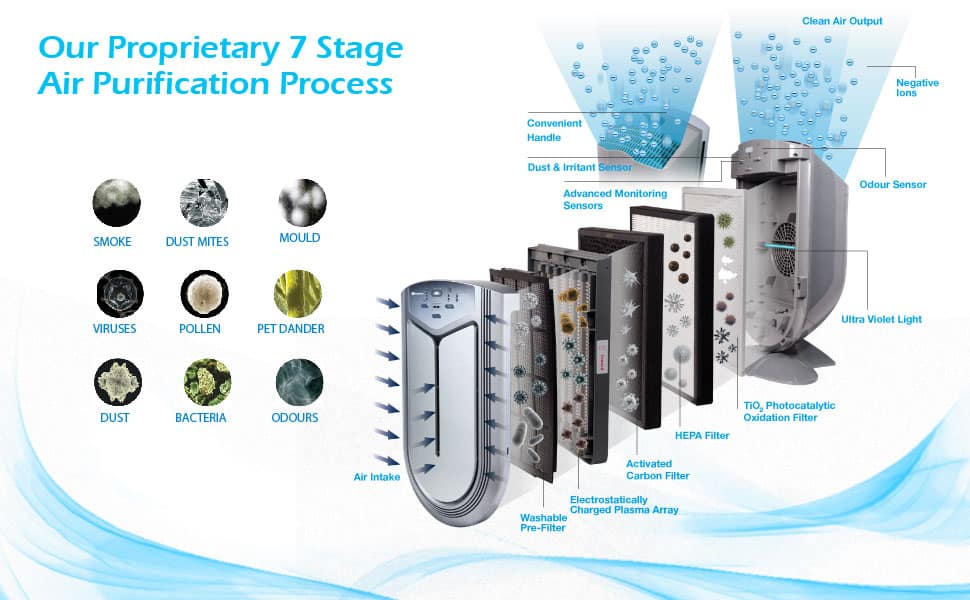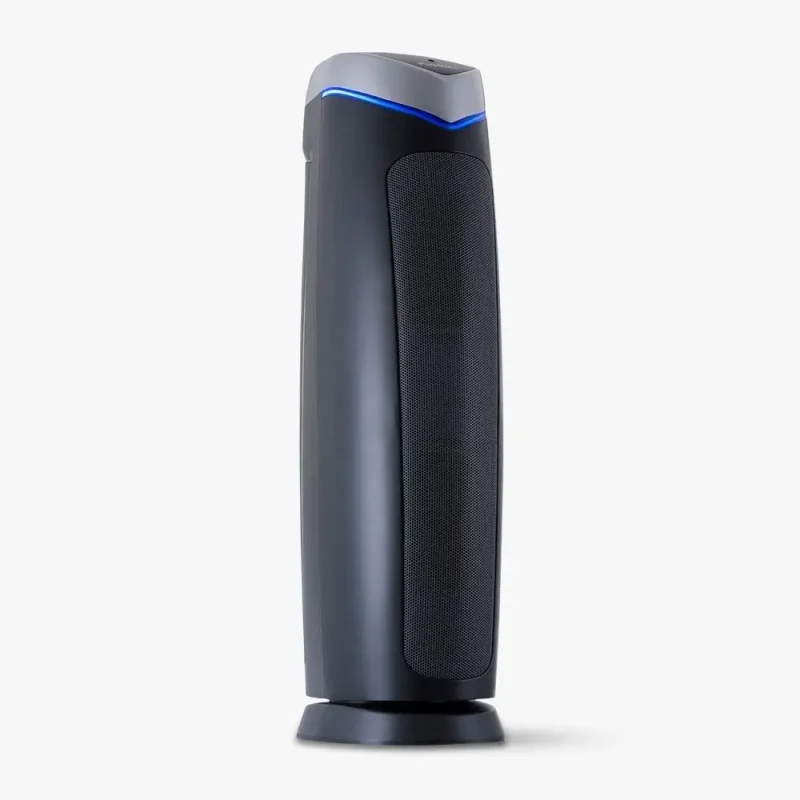Airborne allergies are very common during springtime, but allergy sufferers have to be aware all year round if they want to control their symptoms.
When people hear about airborne allergies, most mistakenly think of pollen, but this is not the only allergen to cause problems.
Due to the soaring pollution level modern society faces while living in large cities, people increasingly develop dust, mould, or pet dander allergies each year.
WHAT IS AN ALLERGY?
OK, we have all heard about allergies. Some of us even suffer from allergies, are still unsure exactly what they are.
Allergies are specific reactions of the immune system to a generally harmless particle or substance, which would not cause irritation to most people. Allergy sufferers are often sensitive to multiple substances at the same time.
Here is a list of the substances which are increasingly likely to cause an allergic reaction.
- Pollen
- Mould
- Dust Mites
- Pet Dander
- Medicines
- Insect Venom
- Food
- Latex Rubber
WHAT IS AN ALLERGIC REACTION?
The body’s immune system acts as a defence in opposition to invading germs like viruses or bacteria. Allergic reactions are the immune system reacting to a false alarm.
When a susceptible person first makes contact with a specific allergen, the immune system will treat it as a threat and it will prepare its attack.
The immune system prepares its attack by producing large amounts of antibodies called immunoglobulin E or IgE. Each IgE is precise for a single substance.
If someone suffers from pollen allergy, the immune system will utilize different antibodies for each type of pollen. For example, the immune system will produce an alternative type of antibody when it has to face elm pollen than the one used for oak pollen.
IgE molecules are the only sort of antibody that is able to affix tightly to mast cells, which are a type of tissue cell, and to basophils which are a form of blood cell. When an allergen encounters a sensitive IgE molecule, it attaches to it like a key sliding into a lock.
This act notifies the cell on which the IgE molecule is attached to generate (in some cases) and release powerful chemicals like histamine which determines inflammation. These chemicals are able to act on different tissues, like those in the respiratory system, and cause a variety of symptoms.
Symptoms Of Airborne Allergies
People who primarily experience an airborne allergy may believe they’re suffering from a cold. The most common symptoms include, but are not restricted to:
- Sneezing – most often accompanied by a runny or blocked nose.
- Irritable eyes, throat, and nose
- Watery eyes
- Coughing and postnasal drip
- Conjunctivitis (eye infections)
- Allergic salute – this sign is generally noticed in children. A crease appears on the nose after relentless wiping in the upward direction.
- Allergic shiners – dark circles appear beneath the eyes because of the increased blood flow near the sinuses.
When an allergen is inhaled by anyone who is not allergic, the mucus in the nasal passages will merely move the foreign particle to the throat where it may be swallowed or coughed out.
However, something different happens when a sensitive person breathes in an airborne allergen.
Once the allergen is inhaled by a susceptible person, it lands on the lining of the nose. This starts a chain reaction that determines the mast cells in these tissues to release chemicals, amongst them histamine.
The chemicals bond certain cells in the lining of small blood vessels in the nose. The contraction allows fluids to escape, causing the nasal passages to expand. This results in nasal congestion.
Histamine can also cause sneezing, irritation, itching, and excess mucus production, which may lead to allergic rhinitis.
Mast cells also discharge other chemicals, including leukotrienes and cytokines which also contribute to allergic symptoms.
In some cases, people with allergies can develop asthma, which can be a very serious condition, especially if it’s left untreated. The symptoms of asthma include, but are not restricted to:
- Coughing
- Wheezing
- Shortness of breath
The shortness of breath asthma sufferers experience is because of excess mucus production, a narrowing of the airways in the lungs, and inflammation. Asthma can be disabling and sometimes even fatal, thus it shouldn’t be left untreated.
If wheezing or shortness of breath accompanies your allergy symptoms, that is usually a sign that the airways are also involved in the allergic process, and you should consult your GP.

























